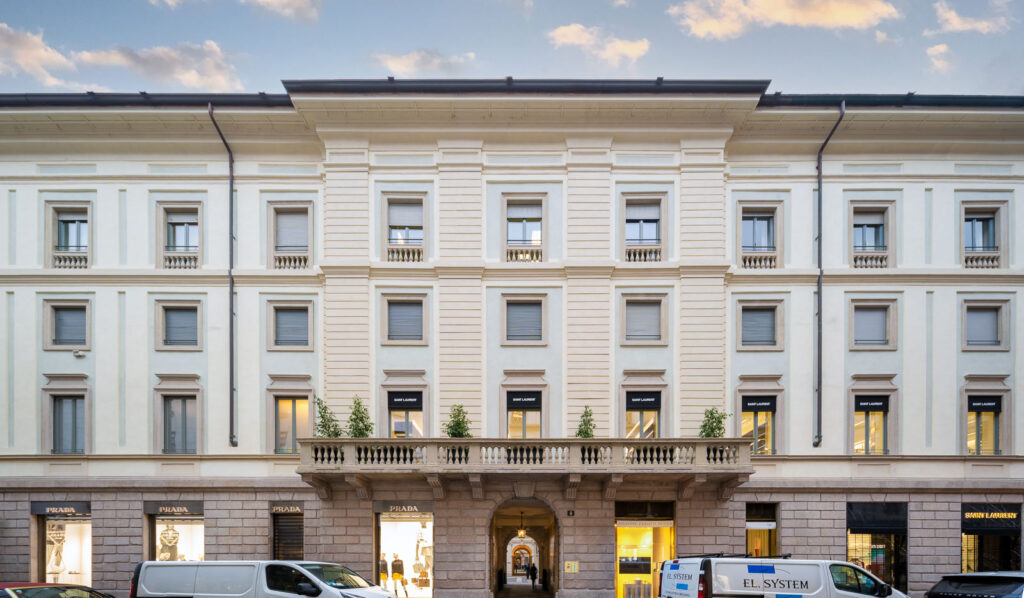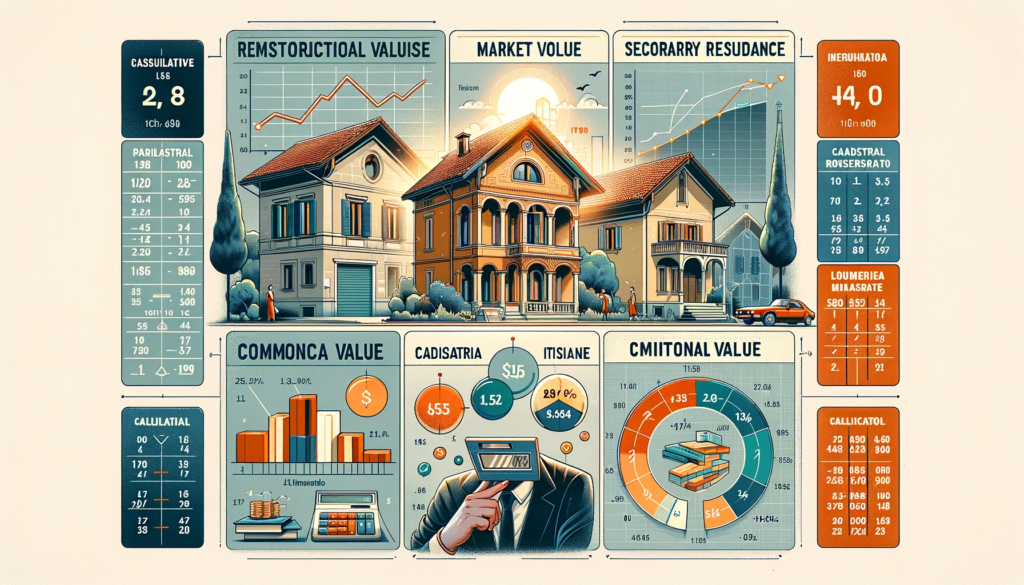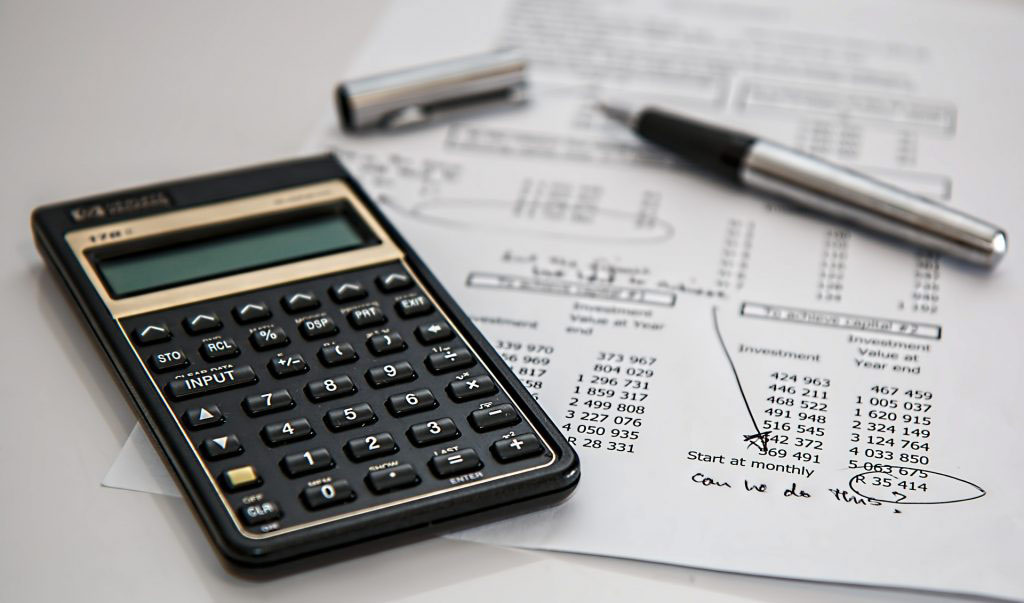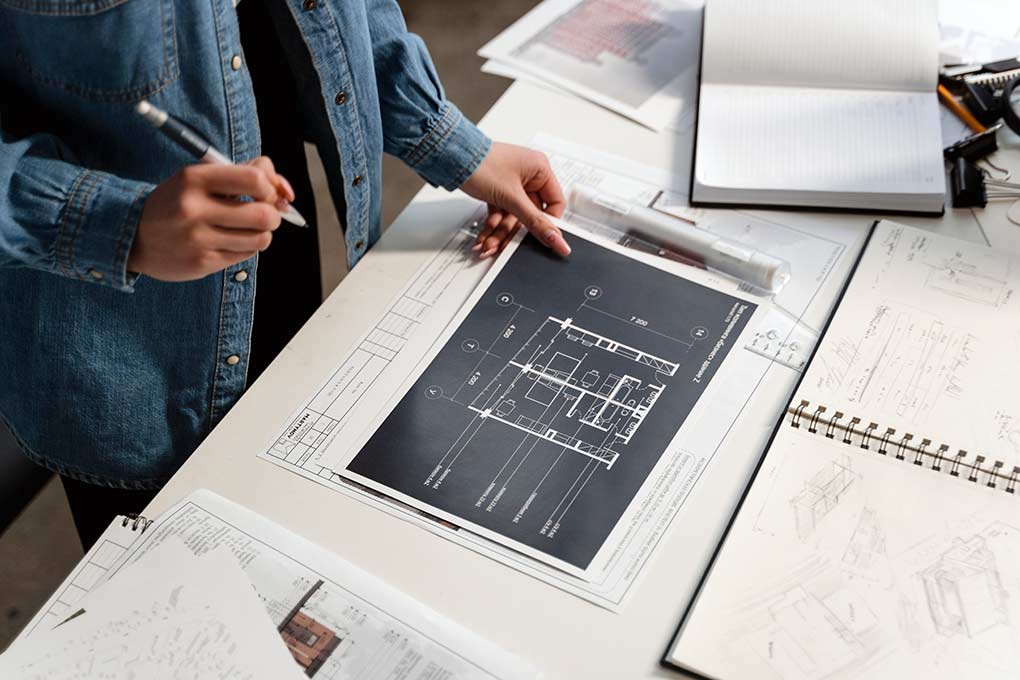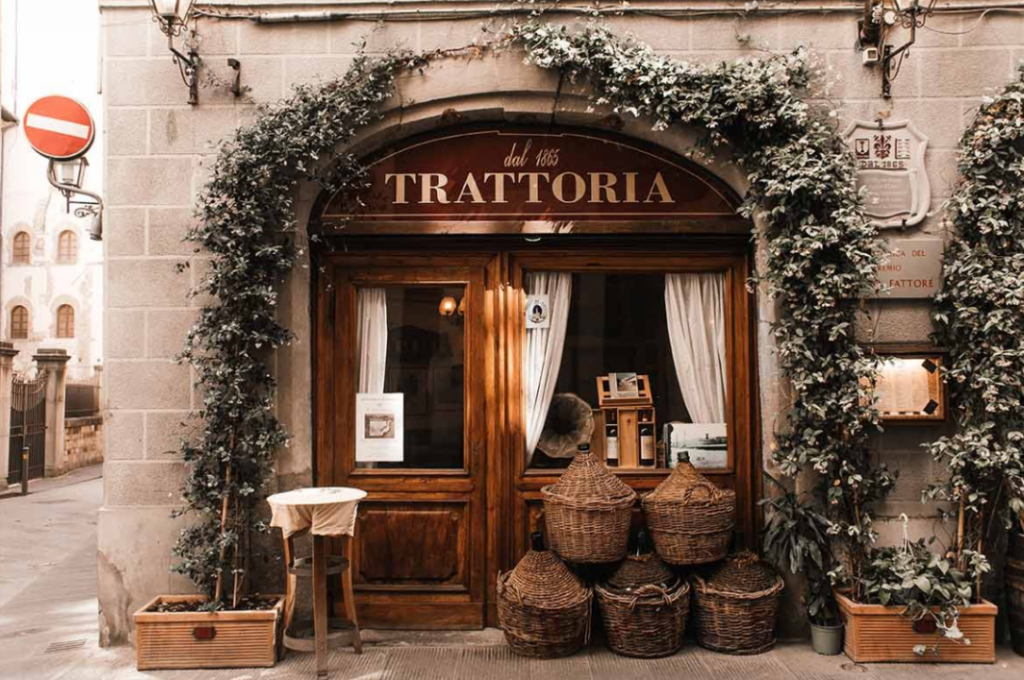1.3 Billions, the biggest real estate investment in Italy (and largest tax saving)
How can you buy a property in Italy saving tons of money in taxes? You will discover it through the story of the most expensive real estate investment in the Italian history. Kering, a group renowned for luxury brands like Gucci, is set to spend 1.3 billion euros to acquire the building at via Montenapoleone […]
1.3 Billions, the biggest real estate investment in Italy (and largest tax saving) Read More »

